I’ve been playing fighting games all my life, which is why it’s so surprising that I’m not very good at any of them. My first ever games console, the PS1, came with Tekken 3, and it has remained my favourite series ever since as I dipped into previous entries and kept up with new ones. But many other games have been close to my heart too.
I’ve never gotten on as well with Street Fighter, the other contender to Tekken’s cultural might. Partly that’s an issue of loyalty – when I was growing up, it was easy to see the series as rivals. It’s also just a matter of taste, and I preferred Tekken and games like it with 3D battlegrounds and juggling mechanics. Mortal Kombat was banned in my childhood on grounds of violence, but I dabbled in Virtua Fighter, The King of Fighters, SoulCalibur, Injustice, and Smash. And Dead or Alive. I always tend to forget Dead or Alive.
Dead or Alive 2 turns 25 this week, which puts it at about ten years older than its target audience. Although, maybe that’s not quite fair. While Dead or Alive has always been a fighting series with more jiggling than juggling, Dead or Alive 2 (along with the original) feel a lot closer to actual fighting games that just happen to have hot characters in them. It’s not until the later games where that takes a backseat and the series starts to lose its way.
Dead Or Alive Began As A Boundary-Breaking Fighter
The first Dead or Alive was an extremely quick game, built on combos and juggling, as many fighters of the era were. However, the big trick up its sleeve came in the form of explosive traps around the edges of the area, which were significantly ahead of its time when any difference between stages that moved beyond the aesthetic was considered cutting edge.
This was improved further in the sequel, Dead or Alive 2, the game we’re all here to celebrate. Each arena got its own unique, more interactable danger zone instead of all being explosive traps, while tiers were introduced to let you crash through the floor. The blocking system was improved to give Dead or Alive the core foundations of risk/reward it retains to this day, and was generally a far superior version of the original. In Dead or Alive 3, they made the characters prettier.
That’s being a bit unfair – DoA 3 is still a solid fighter, but it’s just a graphical improvement on 2 with little else new in the mix. This was followed by Dead or Alive Xtreme Beach Volleyball, and the rest is history. Dead or Alive went from being a cool, environmental fighter which happened to have hot girls in it to being an embarrassing collection of hot girls who happened to fight each other.
Though some of the games along that path have still been worth playing, it feels like the series chose the wrong path after DoA 2 and has continued to walk it. 2019’s Dead or Alive 6 was the last true entry, and the mixed reception to its shallow grindfest underlines where the series is at. But fear not, it does have dating sim Venus Vacation Prism: Dead or Alive Xtreme out this year if you just want to ogle the cast.
Dead Or Alive Doesn’t Know How To Work What It Has
I have no opposition to sexualised characters in fighting games, or indeed any games. I liked Dead or Alive. Despite still occasionally getting emails from readers who are basing their knowledge of my opinion on wildly disingenuous YouTubers, I have no issue with Cammy’s bare-legged costume. My point being made back then was that it didn’t suit Street Fighter’s new art style and was much dorkier than her default SF6 look. In the same article I praised Juri’s design and the obvious use of foot-based imagery as a symbol of domination, as well as pointing out how well Christie pulls off the barely-covered-up look in Tekken.
It perhaps feeds into my wider point of Dead or Alive’s legacy that, when reaching for examples of positive sexiness in fighting games, the series did not cross my mind.
This was also the case for Stellar Blade – the idea that journalists are furious about Stellar Blade is not reflected in reality, where the truth is the sharpest criticism of the game is simply that Eve and the overall story are too dull to live up to the game’s aesthetics. And it’s true of Dead or Alive as well – I will always be a Tina Armstrong main. But it feels as though the core game has been forgotten too often.
It’s a series that feels bereft of any ideas besides one singular, strongly held belief: boobs. And really, even that would be way less of a problem if there was anything else involved at all. Reflecting on the series has got me hoping for a Dead or Alive 7 to help with a much needed course correction. But right now, I’m not even sure if this series is alive or dead.
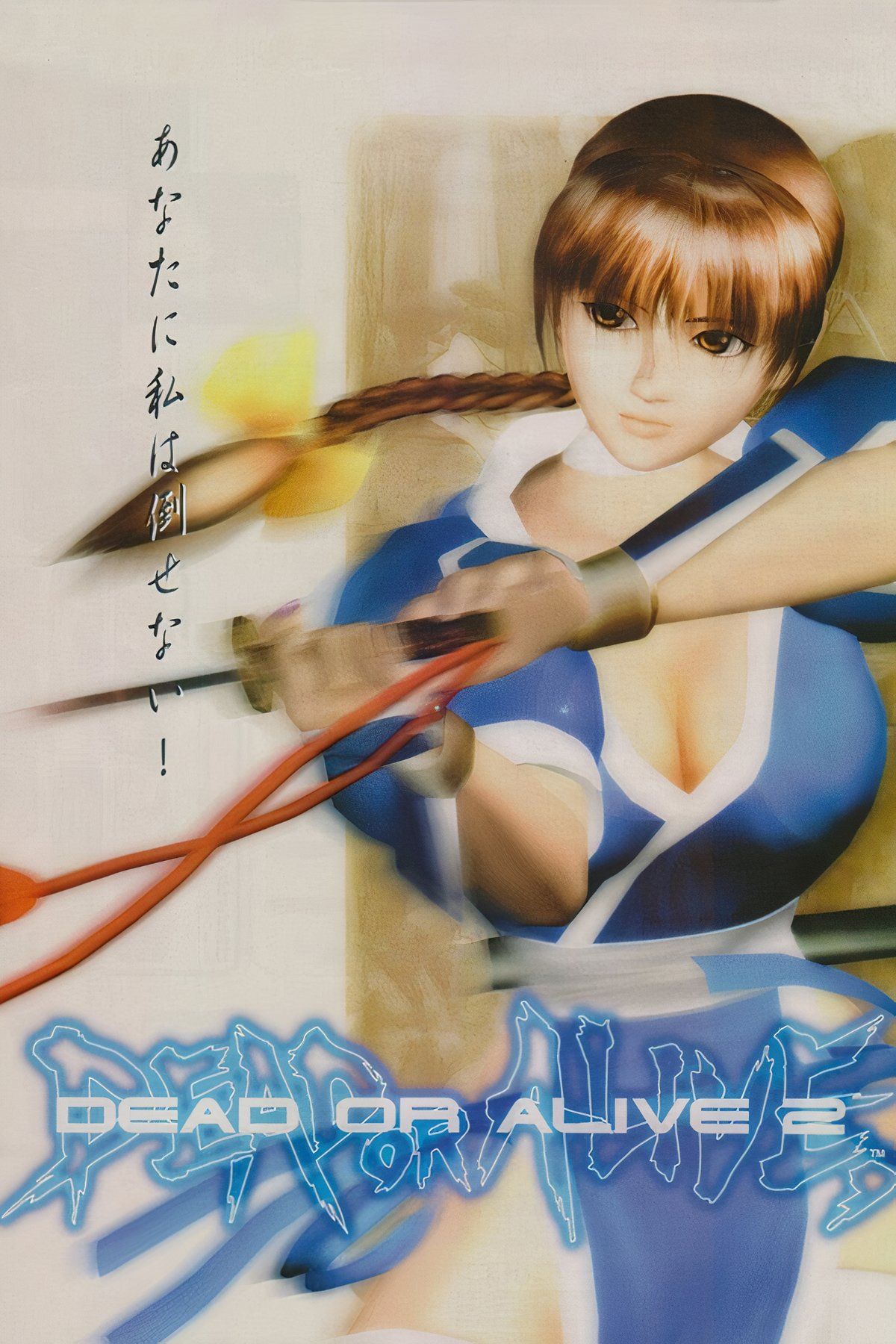
Dead or Alive 2
- Released
-
February 29, 2000
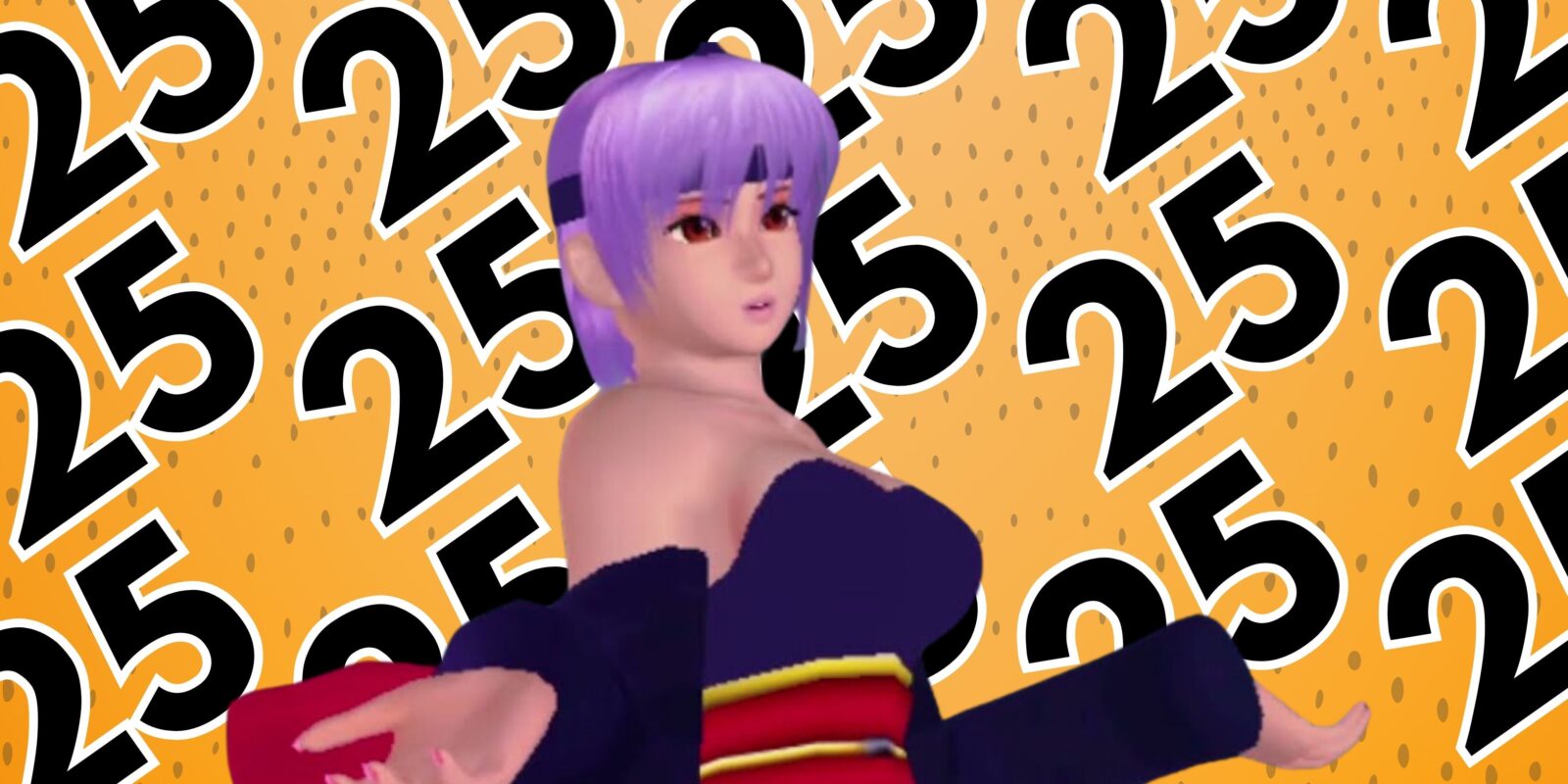
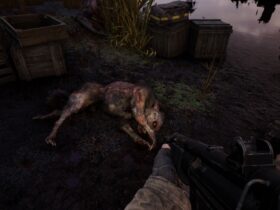
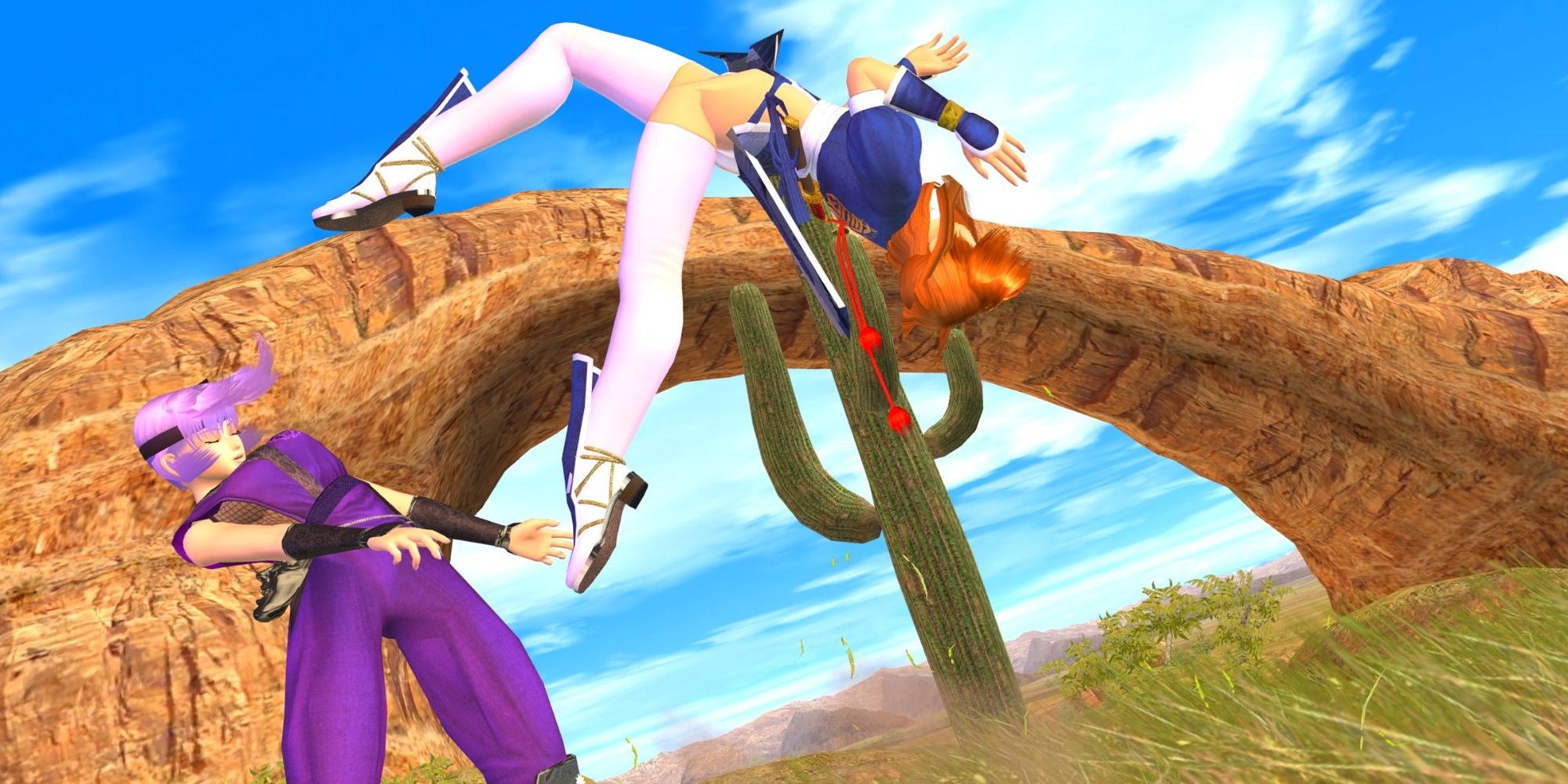
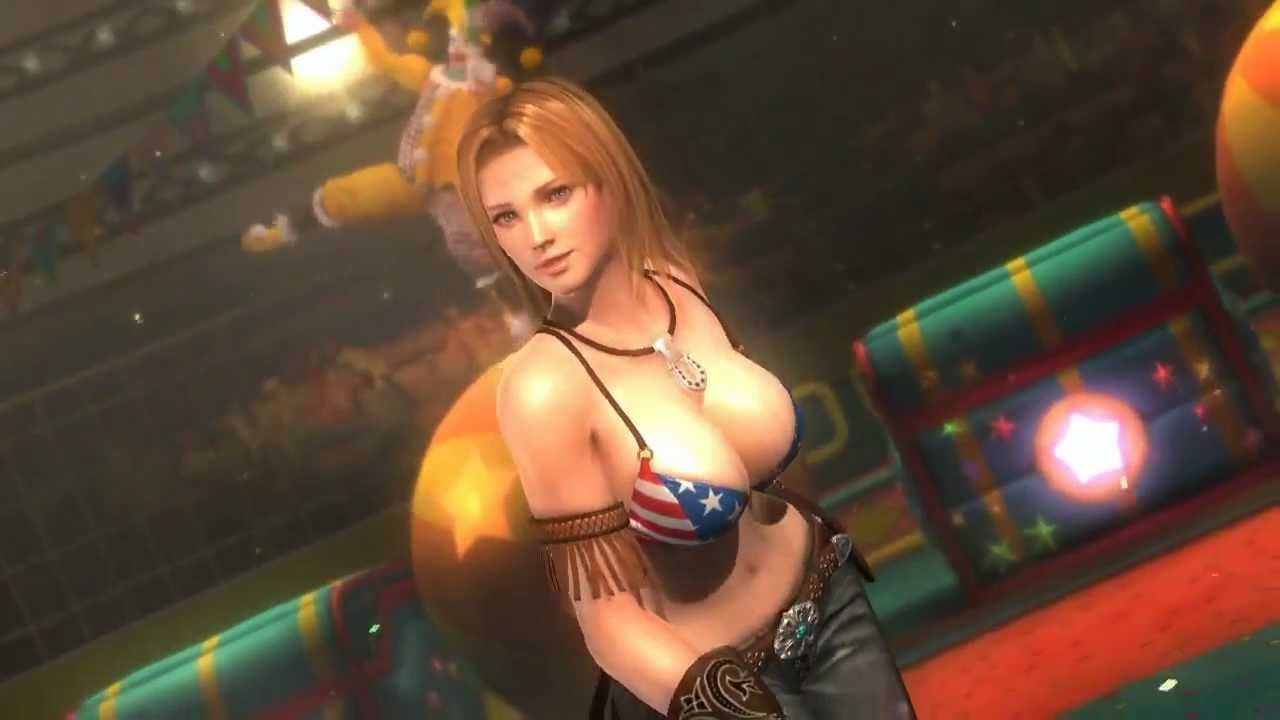
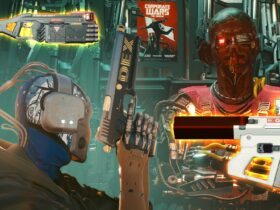

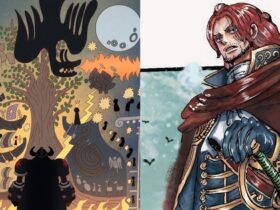
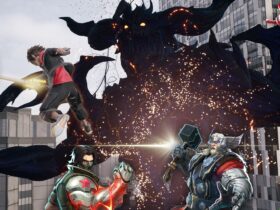
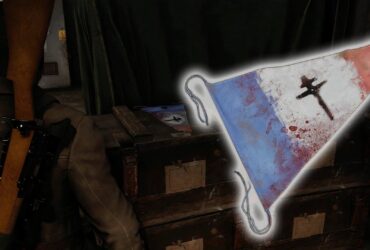
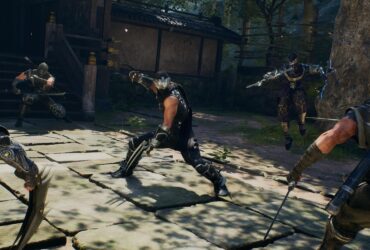

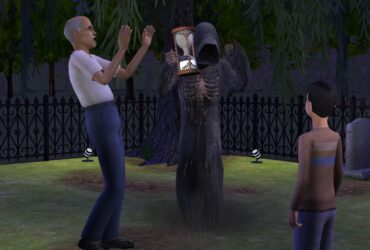
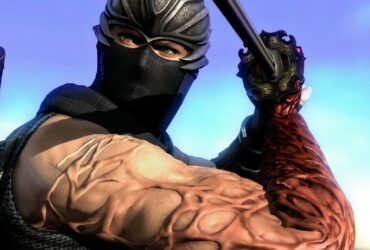
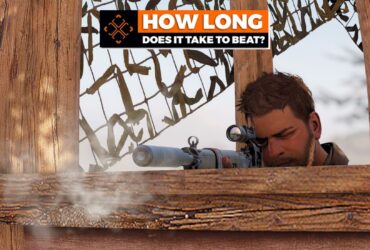
Leave a Reply